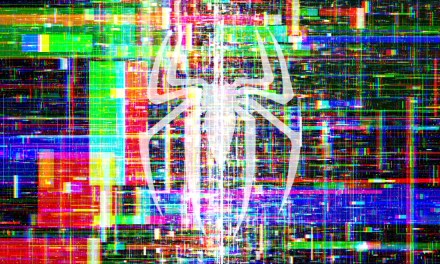If you need a detailed overview of the tumultuous past year of cyberincidents, check this ‘annual report’ out.
During 2019, threat actors continually enhanced their cyber weapons, adopted new methods and adapted their attacks to emerging technologies and platforms. As such, it is no surprise that the World Economic Forum has once again placed cyber-attacks and data theft in its top 10 global risks survey for 2020.
Events of the past 12 months have highlighted that no organization large or small is immune to a devastating cyber-attack. According to an annual report of the cybersecurity landscape, we saw mega-scale data breaches that exposed the personal details of hundreds of millions of people; and we saw city administrations paralyzed by ransomware.
At the same time, major vulnerabilities continued to be discovered in applications and software used by billions worldwide, further elevating the risk of breaches and attacks. In addition, even the sharp fall in cryptocurrency values did not diminish the popularity and widespread use of cryptomining malware.
Overall, the illicit cybercrime economy was estimated to have generated revenues of US$1.5 trillion in 2018, and it is showing no signs of slowing down yet.
So how do organizations make sense of this shifting attack landscape and thus defend themselves? Check Point’s 2020 Cyber Security Report looks back over 2019’s most talked-about and damaging cyber events, including relevant facts and key learnings from each incident.
The report also gives readers offers detailed analyses of the cyber-threat trends and provides expert predictions and recommendations of protective and preventative strategies that will keep you ahead of emerging and new forms of attack. Check Point has also created a new podcast channel to keep listeners posted of various internal findings about the cybersecurity incidents.
As Albert Einstein once wrote: “The distinction between the past, present and future is only a stubbornly persistent illusion.” The report findings have shown that these words continue to apply to the cybersecurity landscape over recent years. Some of the contours and details may have changed, but the challenge of defending against an ever-growing, evolving range of threats remains Herculean in scope and complexity.

















